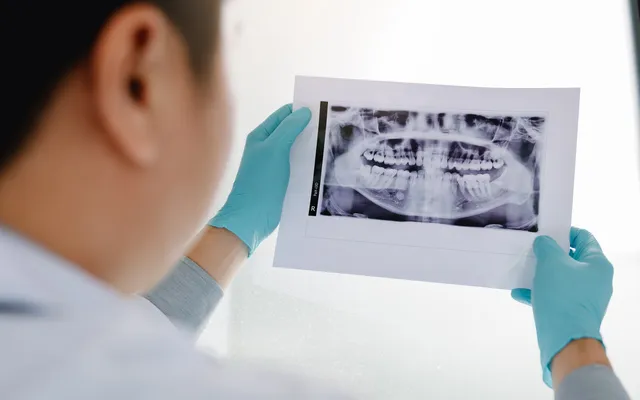X-Ray Services: Revolutionizing Medical Imaging for Enhanced Patient CareX-ray technology continues to be a cornerstone of modern medical diagnostics, providing invaluable insights into the human body’s internal structures. This article explores the latest advancements in X-ray services and their impact on healthcare delivery, highlighting the transformative journey of this essential imaging modality.
The Evolution of X-Ray Technology
Since Wilhelm Röntgen’s groundbreaking discovery in 1895, X-ray technology has undergone remarkable transformations. From the early rudimentary setups that exposed patients and operators to high levels of radiation, the field has advanced to highly sophisticated, precise, and safer digital radiography systems
.
Digital Radiography: The New Standard
Digital radiography has revolutionized X-ray imaging, offering numerous benefits over traditional film-based methods:
- Higher image quality
- Faster image acquisition
- Reduced radiation exposure
- Easy image storage and sharing
These improvements have made digital X-rays the preferred choice for many healthcare facilities
.
Advanced X-Ray Applications
Modern X-ray services go beyond traditional radiography, encompassing a range of specialized techniques:
Computed Tomography (CT)
CT scans use X-rays to create detailed cross-sectional images, proving invaluable for:
- Diagnosing complex conditions
- Surgical planning
- Monitoring treatment progress
Dual-Energy X-ray Absorptiometry (DEXA)
DEXA scans offer precise measurements of bone mineral density, aiding in the diagnosis and management of osteoporosis
.
Portable X-Ray Technology
The development of mobile X-ray units has significantly expanded access to diagnostic imaging. These portable systems offer several advantages:
- On-site imaging for immobile patients
- Reduced hospital transfers
- Decreased risk of hospital-acquired infections
Mobile X-ray services are particularly beneficial for nursing home residents and patients in remote areas
.
Artificial Intelligence in X-Ray Imaging
The integration of AI and machine learning is revolutionizing X-ray analysis:
- Automated image interpretation
- Enhanced detection of abnormalities
- Improved diagnostic accuracy
AI-assisted X-ray analysis can help radiologists work more efficiently and effectively
.
3D and Multimodal Imaging
Advancements in X-ray technology are pushing the boundaries of imaging capabilities:
- 3D X-ray imaging for enhanced depth and detail
- Integration with other imaging modalities like MRI and PET for comprehensive insights
- Improved visualization for complex surgical planning4
Ensuring Patient Safety
Modern X-ray services prioritize patient safety through:
- Dose optimization techniques
- Strict adherence to radiation safety protocols
- Regular equipment maintenance and calibration
These measures minimize radiation exposure while maintaining image quality
.
The Future of X-Ray Services
As technology advances, X-ray services continue to evolve:
- Development of ultra-low-dose X-ray systems
- Enhanced 3D imaging capabilities
- Integration with telemedicine platforms
- Quantum X-ray imaging for higher sensitivity and efficiency45
Conclusion
X-ray services remain an essential component of modern healthcare, providing critical diagnostic information to guide patient treatment. With ongoing technological advancements and a focus on expanding access, X-ray imaging continues to evolve, offering even greater benefits for patient care in the future. From improved image quality and reduced radiation exposure to AI-assisted analysis and portable devices, the field of X-ray services is at the forefront of medical innovation, promising more accurate diagnoses and better patient outcomes in the years to come




